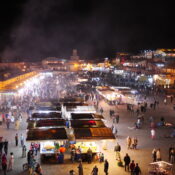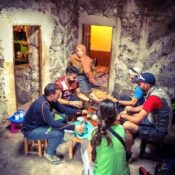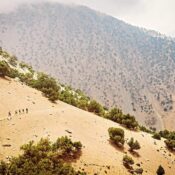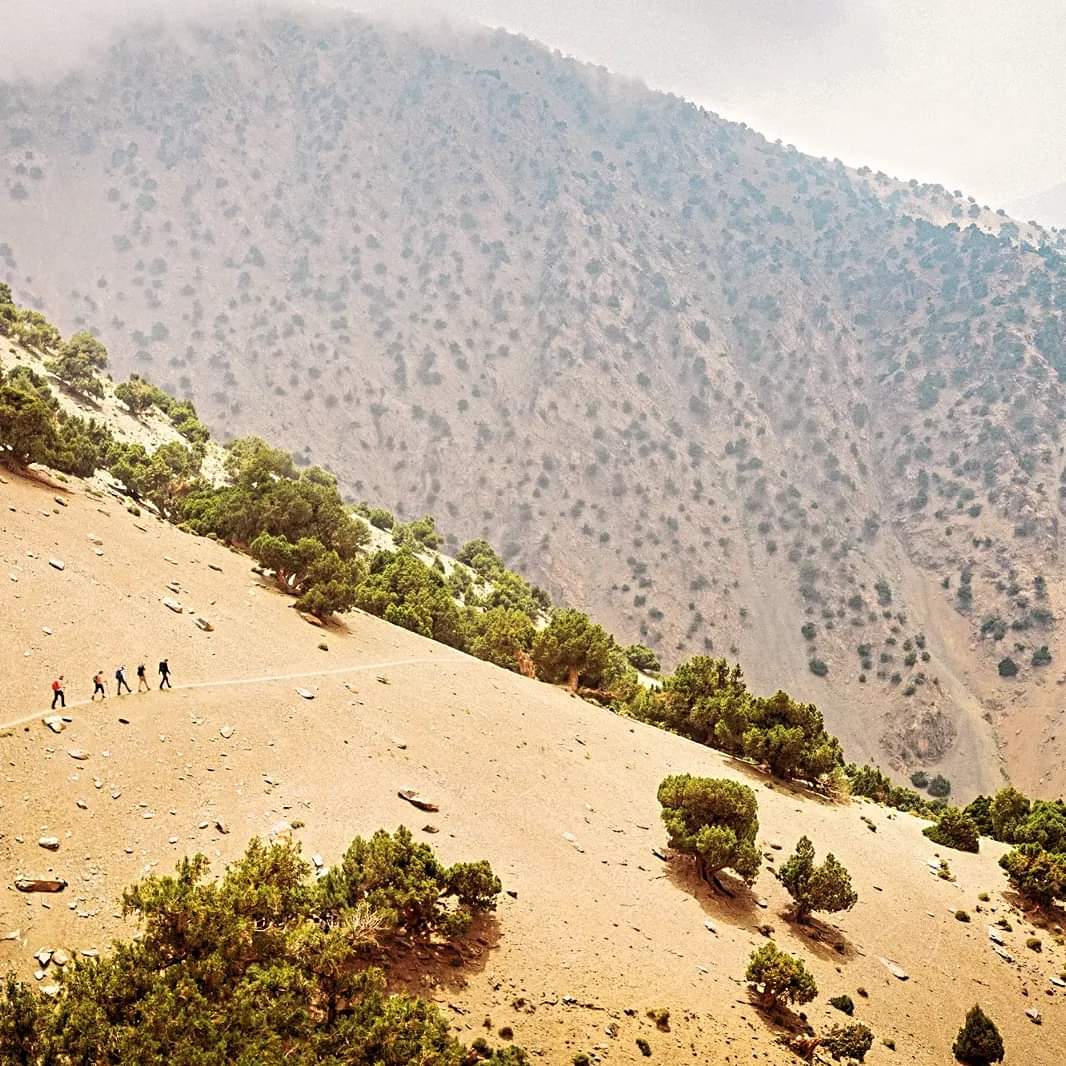
How to prepare for a trek in Morocco
Ready to Trek Morocco? Top Preparation Tips for a Memorable Adventure
Morocco is home to a variety of landscapes, including the expansive Sahara Desert and the majestic Atlas Mountains. Trekking here gives travellers the opportunity to discover native Berber settlements, historic pathways, and stunning vistas. To make the most of your trip, whether you’re an experienced hiker or a novice, planning is necessary before embarking on a Moroccan adventure. This book will help you get ready for a trekking adventure in Morocco that you won’t soon forget.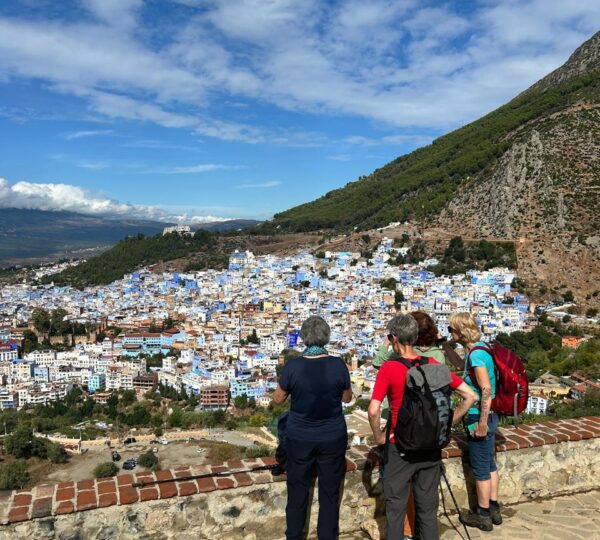
1. Choose the Right Trekking Route
There are several trekking paths in Morocco for hikers of all skill levels. Those seeking untamed landscapes and summits, like North Africa’s highest Mount Toubkal, are drawn to the High Atlas Mountains. Consider going on a walk through Berber settlements for a more cultural experience. You’ll get to know the people there and discover their way of life. As an alternative, there are excursions across the Sahara that let you camp under starry skies if you’re drawn to the charm of the desert. Advice: Look at routes and adjust the degree of difficulty to your expertise and level of fitness.
2. Make Seasonal Plans
The seasons and geographical location have a significant impact on Morocco’s climate. While winter brings snow to the Atlas Mountains, making some routes more difficult, summer may be sweltering, especially in the desert. In most places, spring (March–May) is the best time of year to go trekking because of the nice weather. Summer (June–August): Excellent for hikes at higher elevations, but stay away from desert excursions because of the heat. Another great season for trekking in the Atlas Mountains is the autumn (September–November). Winter (December–February): Ideal for excursions in the desert, but mountain trails may call for experience in cold, snowy weather.

3. Consider Morocco’s Changing Terrain
When Packing Effective packing is essential to a successful walk. Be prepared for anything from sun to snow because Morocco’s terrain can change suddenly! Essentials: Layers: Particularly at higher elevations, temperatures can vary significantly. Bring a waterproof outer layer, a fleece or lightweight jacket, and base layers. Comfortable Boots: For the rocky terrain, high-quality hiking boots with ankle support are crucial.
Protect yourself from sunburn and heat fatigue by wearing sunglasses, a hat, and sunscreen. The Moroccan sun is intense, especially in the mountains. Water Bottle with Purification Tablets: It’s critical to stay hydrated. Tablets for water purification are helpful for replenishing from natural sources. Sleeping Bag: Depending on your journey, you might require a sleeping bag that can withstand colder temperatures, particularly if you plan to camp.
4. Get Physically Ready for the Journey
No matter how challenging the walk is, it’s a good idea to get physically ready. Regular treks will strengthen your legs, back, and core. You can also improve your balance by practicing walking on uneven terrain. Your stamina will also be increased by cardiovascular sports like swimming, cycling, or jogging, which will help you adjust to Morocco’s high elevation. Advice: To acclimatise your body to the rhythm and tempo of trekking, begin with shorter hikes if you’re new to the sport.
5. Learn about the Culture and Customs of the Area
Moroccan culture is inviting, friendly, and rich. Berber communities place a great importance on hospitality, and as a sign of goodwill, you can receive an invitation to tea. It can be immensely satisfying to learn simple Arabic or Tamazight (the Berber language) phrases. It is also valued to dress modestly, especially in rural areas, as this demonstrates respect for regional traditions.

6. Bring along some local cash.
Smaller villages rely on cash, but larger towns and cities will have ATMs and take credit cards. Carry enough Moroccan Dirham (MAD) for necessities, gratuities, and possible purchases. Particularly useful is a small sum in smaller bills.
7. Think About Using a Local Guide
By offering cultural insights, facilitating communication with locals, and pointing you in directions you may not discover on your own, a local guide can enhance your trip. Additionally, guides provide an additional degree of security, especially while walking in more difficult or isolated locations.

8. Show consideration for the environment
Trekking in Morocco is particularly unique because of its natural beauty, which may be preserved by adhering to the Leave No Trace philosophy: Take out all of the trash. To save plants and stop erosion, stick to established routes. Refrain from upsetting wildlife, and keep in mind that preserving the environment is a component of honouring the local way of life.
9. Get Ready for the Altitude Altitude
can be a problem when trekking in the High Atlas Mountains, particularly for novices. Regardless of fitness level, anyone can have altitude sickness, so give yourself time to adjust and pay attention to your body. Altitude effects can be controlled by drinking less alcohol, timing yourself, and staying hydrated.
10. Accept the Trip In Morocco,
trekking is as much about the trip as it is about the final destination. Spend some time admiring the scenery, taking in the cultural interactions, and getting to know the local way of life. Give up strict timetables, enjoy the slower tempo, and cherish the special moments that come with every day.
Concluding remarks
It takes careful planning, an open mind, and a spirit of adventure to get ready for a hike in Morocco. By heeding these suggestions, you’ll be prepared for an unforgettable walk, ready to discover Morocco’s breathtaking scenery and engage with its vibrant culture. Put on your boots, gather your necessities, and prepare to discover the wonders of Moroccan hiking!
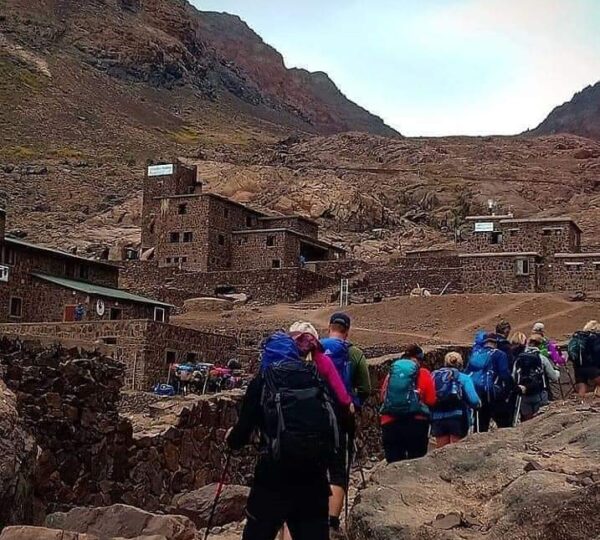
All Categories
Recent Posts


